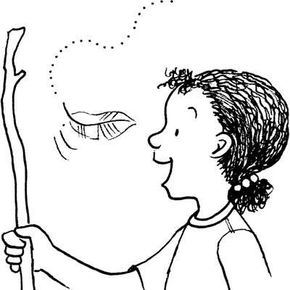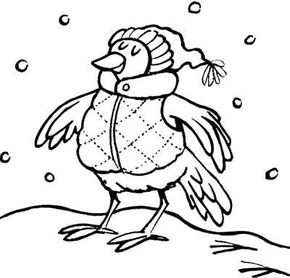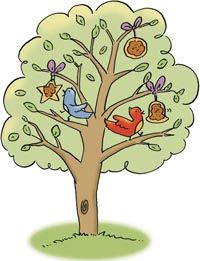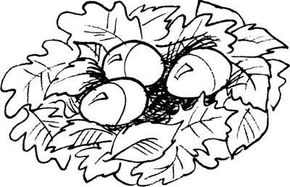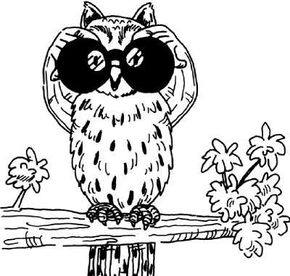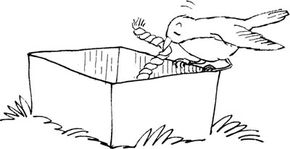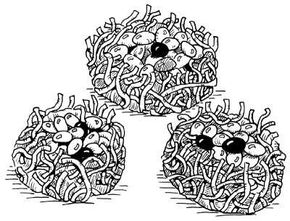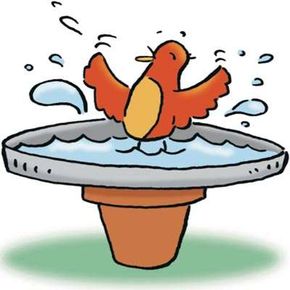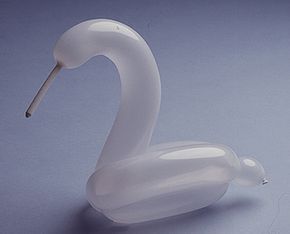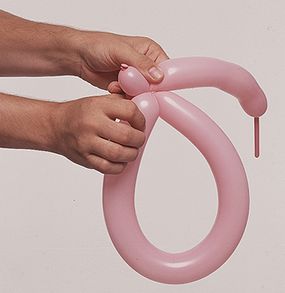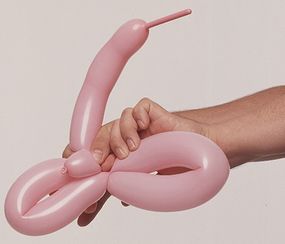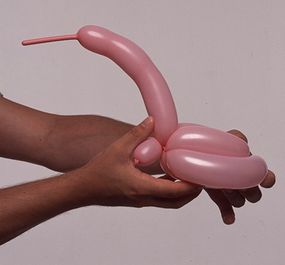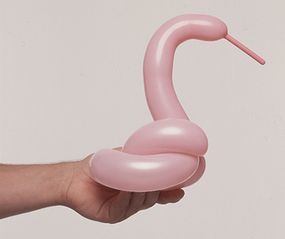For centuries man has been obsessed with birds and flight. These bird-watching activities for kids will help to increase knowledge about birds and their daily activities. And, more importantly, they're just plain fun to do!
These bird-watching activities are designed with kids in mind and can be easily completed in no time. Each activity is thoroughly explained, and once you complete one, you'll be flying high for more.
Advertisement
To find out more about our feathery friends of the sky, check out these links:
Learn more about birds in your area with this Christmas bird count activity hosted by the Audubon Society.
Be a friend to the birds in your neighborhood. Try this bird activity -- you'll be glad you did, and so will the birds.
Search for Birds' Feathers Activity
Look for feathers in your backyard and see if you can find out which birds they belong to.
Try this fun bird activity that shows you how to make a home for a bird.
Animal Treats in A Tree Activity
See some animals pay a visit to your backyard when you try this animal treats activity. Take notes as you watch them chow down.
Can you keep as warm as a bird in the middle of winter? Try this fun activity and see if you can.
Do you eat like a bird? Try this activity and find out. You may be surprised.
Keeping a nest warm isn't as easy as you think it might be. Try this bird activity and find out for yourself.
Dramatically improve your night vision with this owl eyes activity.
Plant For Your Birdies Activity
Make a place where your neighborhood bird friends can hang out. This is a fun activity that will not take up a lot of time.
Let your bird friends know when they are in danger. Mr. Tomcat won't be bothering them anymore.
Try this bird activity. These are no ordinary eggs.
Help the local birds cool off by making them a birdbath. This activity is easy to do and fun to make.
Ever wondered how long it takes for a bird to reach the sky? Try this bird activity and find out.
Wow all of your friends by doing this balloon swan activity. You'll be the center of attention.
Track the migratory routes of birds with this bird-watching activity.
Learn about bird-watching activities link by link or simply jump in and start with the first activity on the next page.
For more crafts and activities, try:
Advertisement

